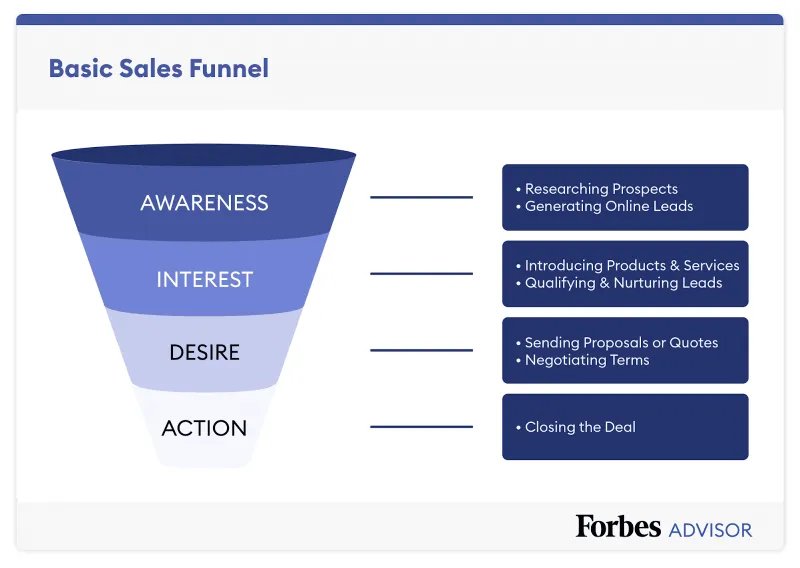Understanding Conversion Rate Optimization: A Guide to Boosting Your Online Sales

Every click matters in the vast ocean of eCommerce, where competition is cut-throat, and attention spans are almost non-existent. It’s not just about bringing traffic to your online store; it’s about making that traffic turn into loyal customer base. This is where the fun part about the Conversion Rate Optimization (CRO) comes into the scene, giving businesses the key to unlock greater profitability and success in the digital marketplace. So, what exactly is CRO, and how can you get started?
Understanding Conversion Rate Optimization
At its core, Conversion Rate Optimization is the process of refining your website or online store to increase the percentage of visitors who take a desired action — be it making a purchase, signing up for a newsletter, or filling out a contact form. It’s about converting casual browsers into paying customers and maximizing the return on your marketing efforts.
The Role of Sales Funnels
Central to CRO is the concept of sales funnels. Imagine a funnel: at the top, you have a wide pool of potential customers, but as they move through the various stages of the buying process, the funnel narrows until only a fraction of them actually make a purchase. Understanding this journey and optimizing each stage is key to improving conversion rates.

Awareness: This is the very base of the funnel, where you take your brand or products to the audience out there, often through marketing efforts like social media ads or search engine optimization (SEO).
Interest: Once the world is aware of your brand, your customers need to develop an interest in your deliverables. This could involve browsing your website, reading product reviews, or comparing prices.
Desire: By this stage your potential customers feel a desire or need for your products. Compelling product descriptions, persuasive testimonials, or limited-time offers could spur this process.
Action: Finally, customers take action, whether adding items to their cart, filling out a form, or completing a purchase. The more seamless it is, the higher chances you have in getting a successful conversion.
Calculating and Improving Conversion Rates
To gauge the effectiveness of your CRO efforts, you’ll need to calculate your conversion rates. This is done by dividing the number of conversions (e.g., purchases) by the total number of visitors to your site, then multiplying by 100 to get a percentage.
Conversion Rate = (No. of conversions/Total Visitors) X 100
But what constitutes a good conversion rate? The average conversion rate varies widely depending on industry and other factors but generally falls between 1% and 3%. However, top-performing eCommerce sites can achieve rates upwards of 10% or more through effective CRO strategies.
Getting Started with CRO
Ready to dive into the world of Conversion Rate Optimization? Here’s how to get started:
- Set Clear Goals: What actions do you want visitors to take on your website? Whether it is making a purchase, signing up for a newsletter, or downloading a resource, define your objectives upfront.
- Understand Your Audience: Who are your customers, and what motivates them to buy? This is where you need thorough market research, weigh the customer data, and create buyer personas that can gain insights into your target audience’s needs and preferences.
- Optimize Your Website: Streamline the user experience by making it easy for visitors to navigate your site, find products, and complete purchases. This may involve improving site speed, simplifying the checkout process, and optimizing for mobile devices.
- Test, Test, Test: A/B testing is a cornerstone of CRO. It allows you to compare different versions of a webpage or element to see which performs better. Test elements like headlines, calls to action, and product images to identify what resonates most with your audience.
- Track and Analyze: Use tools like Google Analytics to track visitor behavior and identify areas for improvement. Pay attention to metrics like bounce rate, time on page, and conversion funnel drop-off points to pinpoint where visitors are getting stuck or leaving your site.
- Iterate and Improve: CRO is an ongoing process of refinement. Continuously monitor your results, make adjustments based on data-driven insights, and iterate on your strategies to optimize performance over time.
Leveraging Expertise
While the fundamentals of CRO are relatively straightforward, implementing effective strategies requires time, expertise, and resources. This is where partnering with professionals can make a world of difference. If you’re a business owner with a scaling business that packs a lot of potential, the best high-value approach is to hire web developers from specialized eCommerce web development companies like code cloud. Their global team of eCommerce experts — be it WooCommerce developers for hire, Shopify specialists, SEO strategists, marketing analysts, and experienced Beta testers can help you take your CRO efforts to the next level.
In today’s hyper-competitive eCommerce landscape, the difference between success and failure often comes down to your ability to convert visitors into customers. By embracing Conversion Rate Optimization and implementing proven strategies with a little bit of expert help, can refine your website and marketing efforts. That way, you can unlock greater profitability, increase customer loyalty, and position your business for long-term success in the digital marketplace. So, what are you waiting for? It’s time to optimize, innovate, and elevate your online presence with CRO.
Ti potrebbe interessare:
Segui guruhitech su:
- Google News: bit.ly/gurugooglenews
- Telegram: t.me/guruhitech
- X (Twitter): x.com/guruhitech1
- Bluesky: bsky.app/profile/guruhitech.bsky.social
- GETTR: gettr.com/user/guruhitech
- Rumble: rumble.com/user/guruhitech
- VKontakte: vk.com/guruhitech
- MeWe: mewe.com/i/guruhitech
- Skype: live:.cid.d4cf3836b772da8a
- WhatsApp: bit.ly/whatsappguruhitech
Esprimi il tuo parere!
Ti è stato utile questo articolo? Lascia un commento nell’apposita sezione che trovi più in basso e se ti va, iscriviti alla newsletter.
Per qualsiasi domanda, informazione o assistenza nel mondo della tecnologia, puoi inviare una email all’indirizzo [email protected].
Scopri di più da GuruHiTech
Abbonati per ricevere gli ultimi articoli inviati alla tua e-mail.
